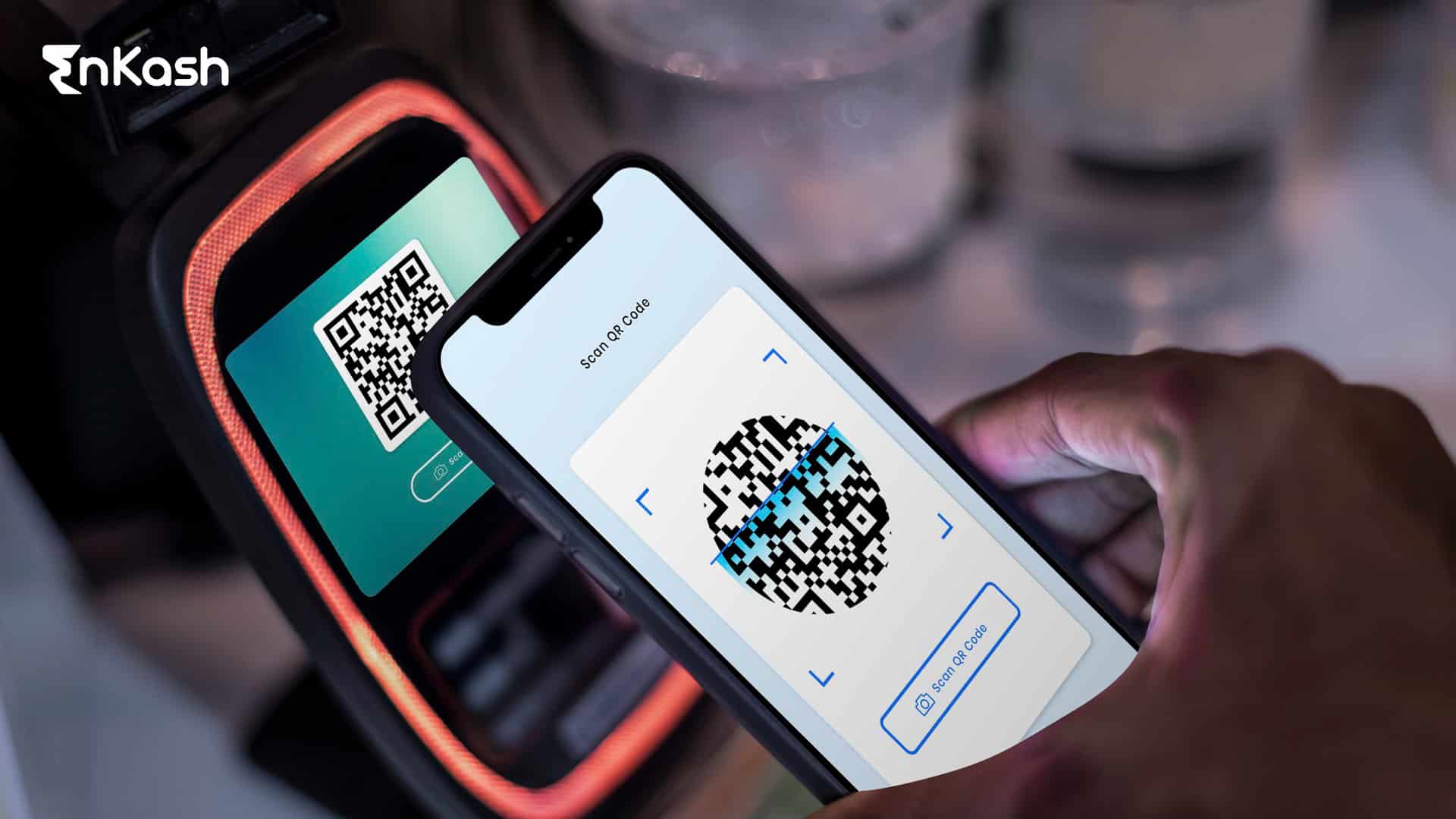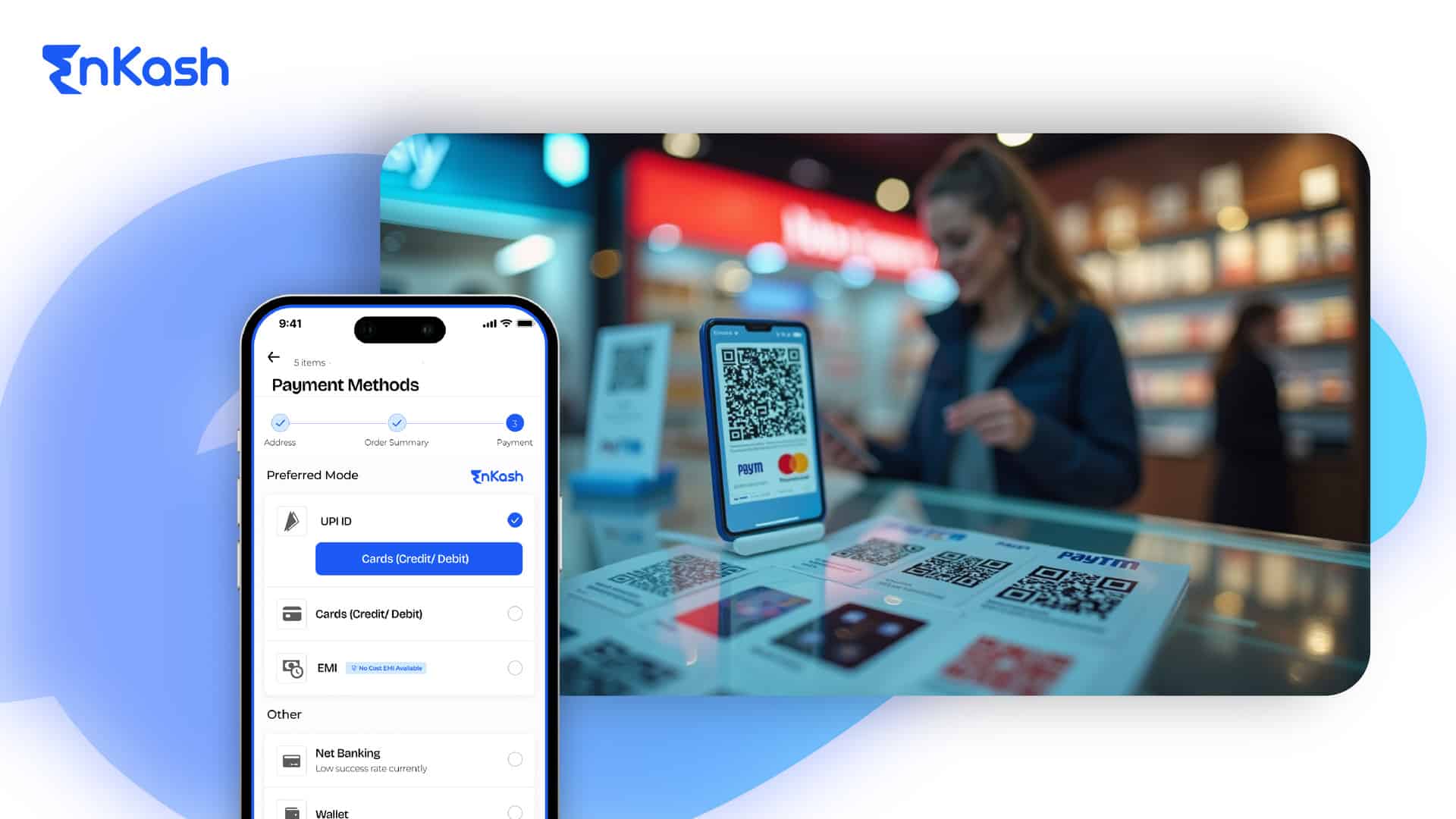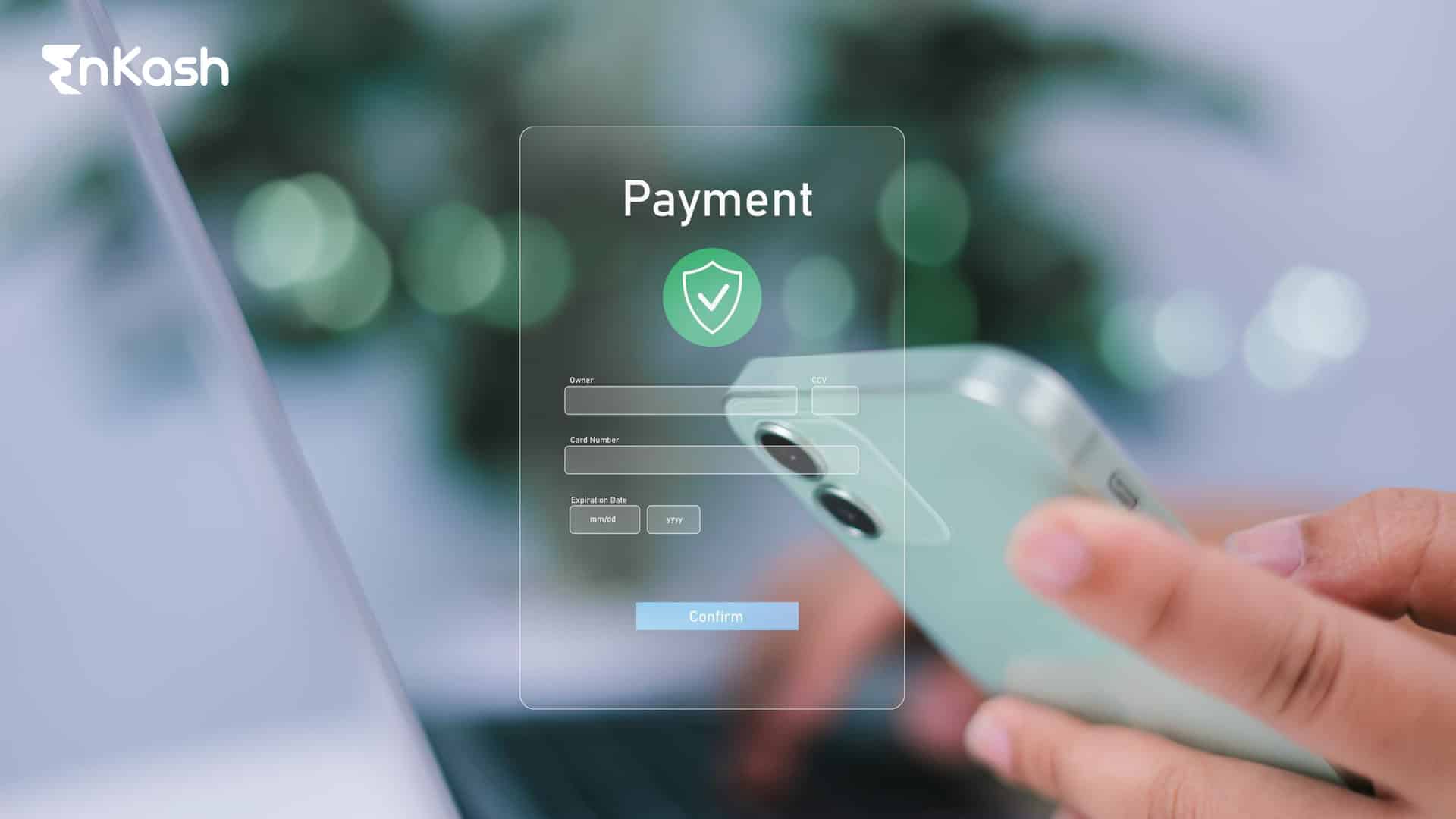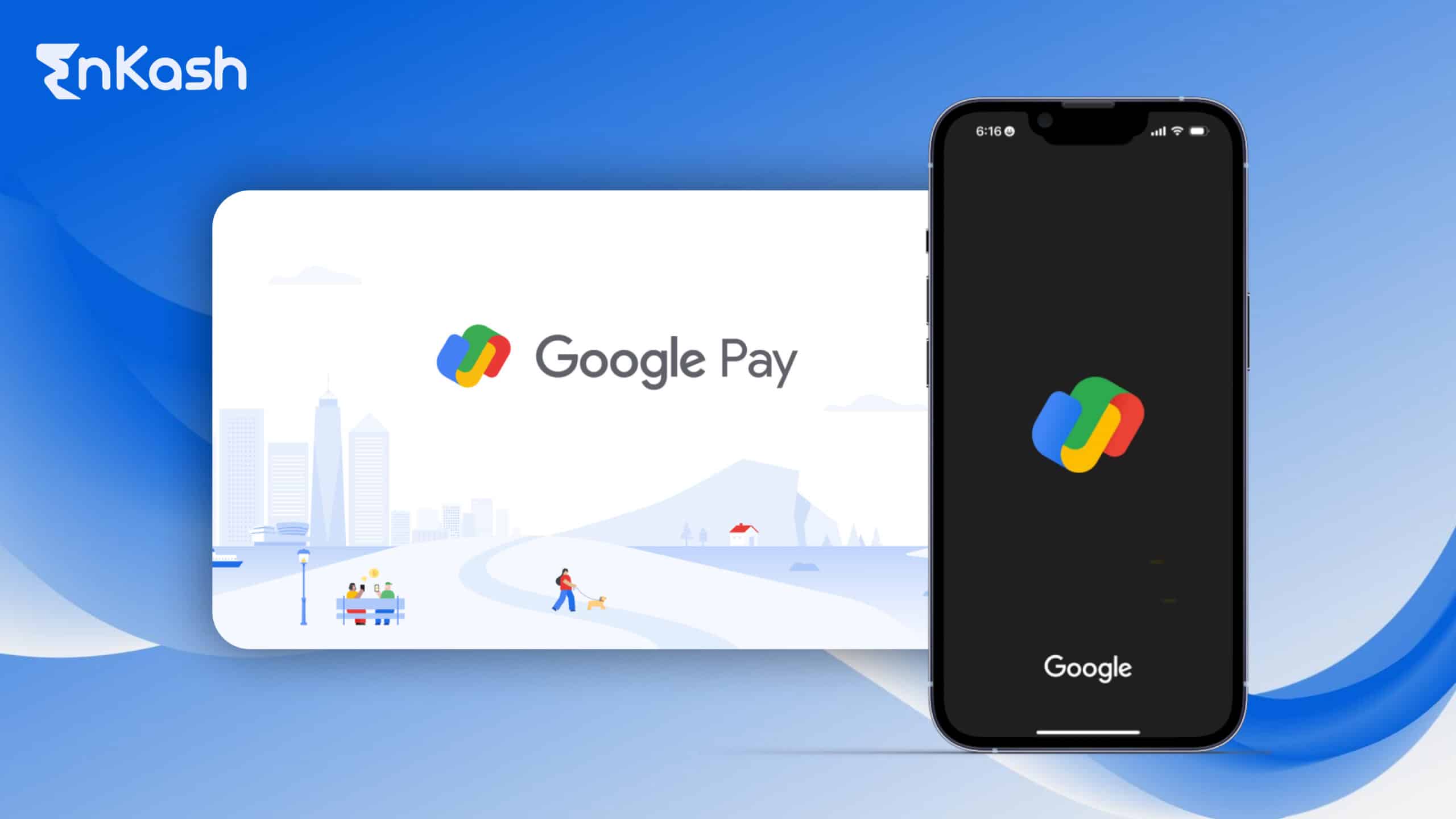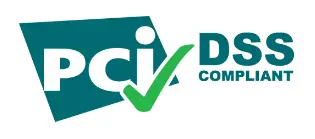UPI, or Unified Payments Interface, is a very familiar term these days, especially among youth. Who doesn’t use it? From digital stores facilitating e-commerce to your local grocery shops, railway ticket counters, and others, utilizing UPI payments has become a basic need for every business.
UPI was officially launched in April 2016, and it operates under the supervision of the Reserve Bank of India (RBI). UPI was developed by the National Payments Corporation of India or NPCI.
But how did this payment method become so popular in just a few years? The very reason behind this is convenience, convenience in terms of everything. Can you pay with cashless? Yes. Can you pay in seconds? Yes. Does this happen without needing any paperwork? Yes. Are your payments successful 99% of the time? Yes. And the list of benefits doesn’t even end here.
This blog discusses every major thing you need to know about UPI. So, keep reading and gain valuable insights about the whole UPI system.
UPI Transaction Flow
To put it in simple words, every UPI transaction follows a step-by-step process in the backend. Why is this necessary? Well, this is to ensure that your money reaches the right account safely. The process differs slightly for push and pull transactions.
Push Transactions
You are involved in a Push Transaction when you initiate a payment to someone. Here is how it happens.
- You open your UPI app.
- Choose “Send Money” or “Pay.”
- Enter the recipient’s VPA or scan their QR code.
- Feed the amount and add a note if needed.
- Use your UPI PIN to confirm the payment.
After this step, money will be debited from your account and transferred instantly. Push transactions are very common for shopping, bill payments, rent payments, etc.
Pull Transactions
Suppose someone is expecting money from you. In such a case, that person can ask you to send money via a UPI payment app. Let’s look at how it works.
- The receiver sends a collect request to your VPA.
- You receive a notification to approve or reject.
- If you approve, you will need to enter your UPI PIN to make the payment.
As the money gets debited from your account, the amount reflects on the account belonging to the receiver. These kinds of transactions are useful for reminders, collections, or shared expenses.
Read More: UPI Payments
Key Participants in UPI
Several participants work together to make UPI transactions possible. Each plays a role in ensuring smooth and secure payments. Understanding these participants helps explain how the system functions end to end.
Who’s Involved in a UPI Transaction?
- Payer PSP: The app used by the sender (like PhonePe).
- Payee PSP: The app used by the receiver or merchant.
- Remitter Bank: The sender’s bank account provider.
- Beneficiary Bank: The bank receiving the funds.
- NPCI: It runs the UPI platform and manages the flow.
- Bank Account Holders: The people sending or receiving money.
- Merchants: Businesses accepting UPI payments.
Features of UPI
UPI offers several features that make it stand out. The platform combines security, speed, and versatility in one place. UPI payment apps support various use cases beyond just peer transfers.
Core Features at a Glance:
- Works 24/7, even on holidays.
- Supports multiple bank accounts in one app.
- Allows money transfers using VPA, QR code, or phone numbers.
- Offers single-click, two-factor authentication.
- Supports both push and pull transactions.
- Enables recurring payments using UPI AutoPay.
- Provides transaction history and UPI payment receipts.
- Works for bill payments, donations, subscriptions, and more.
- Easy to raise a UPI payment complaint from the app.
- Compatible with newer services like UPI Lite and UPI 2.0.
Read More: Subscription Management
UPI Payment Limits and Charges
Every UPI transaction has some basic limits set by banks. These limits help control fraud and reduce the misuse of services. Most UPI apps allow ₹1 lakh per transaction. However, this can vary from bank to bank and usage type. There’s also a limit on the number of transfers per day. Usually, users can make 20 UPI payments daily. However, this can also vary by bank.
Charges are mostly zero for regular users. However, some UPI payment gateways might ask for a minor platform fee. Businesses may also face small fees. Some banks apply a surcharge on UPI payments for high-value merchant use. This UPI payment surcharge is not uniform across platforms. It depends on the app, bank, and transaction type. There is no 18% GST on UPI payments for peer transfers. However, certain merchant transactions may include applicable GST. Businesses must always check with their bank or app for updated rules.
How to Start Using UPI Payments
Getting started with UPI is quick and simple. You just need a smartphone, an active bank account, and a stable internet connection. Also, your mobile number must be linked to your bank account. Once that’s in place, follow these steps:
Steps to Set Up UPI:
- Download a UPI-enabled app.
- Register using your mobile number linked to your bank account.
- Verify the number through an OTP sent via SMS.
- Link your bank account by selecting it from the app’s list.
- Create a UPI PIN using your debit card details.
- Confirm the PIN to secure your account for all transactions.
Once setup is done, you’re ready to use UPI. You can send or receive money easily by just entering the Virtual Payment Address (VPA) or scanning a QR code. You can also make utility payments, recharge phones, pay loans, avail subscriptions, and more.
UPI also offers offline options using USSD codes. All you need to do to avail yourself of offline UPI services is dial the offline UPI payment number *99# (USSD code for banking), on your mobile phone without turning on the internet. Although you have no access to data, you can enjoy paying, checking your balance, and other services. However, in this case, upper limits for transactions and charges vary from online UPI payments.
UPI for Credit Card and Loan Payments
UPI isn’t just for sending money to friends or shops. You can also use it to pay credit card bills and loans. This has made banking even more convenient for users across India. Banks now allow UPI payments through credit card-linked systems.
Check out the following steps to make a credit card UPI payment:
- Open your UPI app and go to bill payments.
- Choose “Credit Card” from the available biller list.
- Select your bank.
- Enter your credit card number carefully.
- Confirm the details and proceed with the payment.
This method helps avoid late fees and missed due dates. Just make sure your app supports the bank you want. Always double-check the UPI payment limit per day before large payments.
Read More: UPI Transaction Limit Per Day
How to Identify and Avoid Fake UPI Payments
Fake UPI payments are a rising concern in India. Scammers use tricks to make it look like payments are done. Many victims fall for fake UPI payment screenshots or fake links. These attacks mostly target merchants and small businesses. But even regular users can get trapped.
One common trick is the fake payment UPI message. Fraudsters send fake confirmations without actually transferring money. Some use edited screenshots that look very real. Others may use fake UPI payment gateways or third-party tools. You must verify every transaction in your actual app. Never rely on a screenshot or SMS alone.
Tips to Identify Fake UPI Payments:
- Always check your UPI app for real payment alerts.
- Match the reference ID from the sender with your app.
- Look out for spelling errors or poor formatting in messages.
- Avoid dealing with people who rush or pressure you.
- Never trust third-party apps that promise UPI tricks.
Fraudsters also use methods like phishing and screen-sharing apps. They may call, pretending to be from a bank. They’ll ask for UPI PINs or OTPs. Don’t share such information with anyone. No bank or app will ask for it.
If you ever identify a fake payment UPI request, report it immediately. Quick action can protect your money from being misused.
UPI Security and Fraud Prevention
UPI security system uses strong encryption and bank-level protocols. Each transaction is protected by your UPI PIN. This PIN is never shared with anyone, not even the bank. Many apps also support biometric security like fingerprint or face lock.
UPI also uses device binding. This means your account works only on your device. Even if someone knows your UPI ID, they can’t access your account. UPI payment apps are regularly updated to patch any risks.
Despite these measures, frauds still happen. The 2023 – 24 data shows over 13 lakh UPI fraud cases. That’s why users need to stay alert and informed. Fraudsters often use SIM cloning, screen-sharing apps, or phishing links.
Steps to Stay Protected:
- Never share your UPI PIN or OTP with anyone.
- Install UPI apps only from official app stores.
- Avoid using public Wi-Fi for banking transactions.
- Use antivirus apps to protect your phone from malware.
- Check for verified merchant badges before making payments.
- Always verify the UPI ID before sending money.
If something goes wrong, report it as soon as it happens. You can raise a UPI payment complaint from your UPI payment app. You should also call your bank and the 1930 cyber fraud helpline, or you may visit the National Cyber Crime Reporting Portal.
Read More: Payment Gateway
UPI Payment Complaints and Refunds
Sometimes, UPI transactions don’t go as planned. The app may hang, or a payment may fail. In such cases, you can raise a UPI payment complaint. Most UPI payment apps allow this from within the app itself. You don’t need to visit a bank or call customer care.
To file a complaint, open your app and go to the transaction history. Tap on the failed or pending payment. You’ll see an option to “Raise Issue” or “Report Problem.” Select the reason and submit your complaint. The bank usually responds within a few hours or days.
If money was deducted but not received, you can request a refund. Refunds are usually processed quickly, especially if the issue is on the bank’s side. If it’s a fake UPI payment case, report it immediately. Also, call your bank or dial 1930, India’s cyber fraud helpline.
Quick Tips:
- Always keep a screenshot of your payment receipt.
- Note down the transaction ID before raising a complaint.
- Track complaint status inside the app or via SMS.
If your complaint is valid, banks are required to issue a refund. So yes, a UPI payment refund is possible. You just have to act fast and systematically.
Benefits of UPI for Customers and Merchants
UPI brings major benefits to both users and merchants. It makes daily payments simple, fast, and secure. To avail of the benefits, you don’t need to carry cash or swipe cards. Just a phone and internet are enough. That’s why a UPI payment means freedom and convenience.
For customers, the ease of use is unmatched. You don’t have to remember account numbers or IFSC codes. Payments can be made using a VPA, mobile number, or QR code. Even offline UPI payment options work. You can rely on it when the internet is down.
Key Benefits for Customers:
- Easy setup with any UPI payment app.
- 24×7 access to send or receive money.
- Quick bill payments and mobile recharge.
- Credit card UPI payment without logging into net banking.
- Flipkart UPI payment for fast online checkout.
Merchants also gain a lot from UPI integration. They receive money instantly without needing a card machine. Settlements are faster, and transaction costs are lower than cards. Many now use UPI as their primary payment mode.
Key Benefits for Merchants:
- Fast settlement helps improve cash flow.
- Customers trust UPI payment apps more.
- No risk of fake currency or incorrect change.
- Easy tracking with UPI payment receipt for every transaction.
- Reduced costs due to fewer payment gateway charges.
What is UPI 2.0?
UPI 2.0 is the upgraded version of UPI. It brings new features for both users and businesses. This version improves speed, security, and usability. It also expands the ways UPI can be used in daily life.
The biggest upgrade is the overdraft facility. Now, you can link overdraft accounts, not just savings ones. This helps when your main account has a low balance.
Another helpful feature is the one-time mandate. It allows pre-approved payments that go through later. You can use this for subscriptions, bookings, or future payments.
Businesses can now send invoices with payment requests. You get the bill and can pay directly through the UPI app. This makes transactions more transparent and trackable.
UPI 2.0 also includes signed QR codes. These codes prove that the merchant is verified. It adds another layer of trust and prevents fake UPI payment scams.
Biometric login support is also part of UPI 2.0. You can approve transactions using fingerprints or face IDs.
Also read: How to Easily Create UPI Payment Links and Streamline Your Collections
Key Features of UPI 2.0 at a Glance:
- Link overdraft accounts to your UPI profile.
- Set up one-time payment mandates.
- Receive bills and pay directly in the app.
- Use signed QR codes for safer merchant payments.
- Increase the UPI payment limit in some cases.
- Add biometric login for extra protection.
Read More: Bulk Payment Solution
What is VPA in UPI Payment?
VPA stands for Virtual Payment Address. It replaces the need to use account numbers or IFSC codes. It acts like an email ID for your bank account. Instead of typing bank details, you use your VPA to send or receive money when using a UPI application.
A typical VPA looks like – yourname@bank. You can set it while registering on a UPI app. Some apps let you create multiple VPAs for the same account.
It adds a layer of privacy to your transactions. You don’t expose your account number while making payments. That’s why it’s a key feature in UPI’s design.
Also, it helps prevent errors in typing long account numbers. It’s easier to remember, share, and manage. Most apps show your VPA on the homepage or under your profile. You can even change or update it if needed.
UPI vs IMPS: What’s the Difference?
People often confuse UPI with IMPS. Both are used for instant money transfers. But they function differently and offer distinct features. UPI is mobile-first, simple, and built for daily payments. IMPS is older and better suited for traditional banking methods. Below is a quick comparison to help you understand the differences.
Feature |
UPI |
IMPS |
Full Form |
Unified Payments Interface |
Immediate Payment Service |
Launched By |
NPCI |
NPCI |
Year of Launch |
2016 |
2010 |
Requires IFSC & Account No |
No |
Yes |
Uses Virtual Payment Address |
Yes |
No |
Supports QR Payments |
Yes |
No |
Push & Pull Transactions |
Both supported |
Only Push |
Multiple Bank Accounts |
Yes (in one app) |
No |
Mobile App Friendly |
Extremely |
Less so |
Charges |
Mostly free |
Often charged by banks |
Ease of Use |
Very easy |
Moderately easy |
Recurring Payments |
Supported via UPI AutoPay |
Not supported |
UPI Goes Global
UPI is now making waves even outside India. It has expanded into countries like France, UAE, Singapore, Nepal, and more. Indian tourists can now pay using UPI at some selected spots abroad.
For example, as NPCI has partnered with French payment providers, Indian travelers don’t need Forex cards or cash anymore. You can simply scan a QR code and pay through your UPI app in France. You don’t even have to think about the currency difference, as the UPI system will take care of it automatically.
Such developments show the global trust in Unified Payments Interface UPI. It’s not just for local use anymore. With more countries accepting UPI payments, travel becomes simpler. This also promotes digital inclusion and cross-border collaboration.
So the next time you visit Paris, try payment through UPI at iconic landmarks.
Read More: Payment Links
Final Thoughts
UPI has completely changed how India makes payments. It is fast, simple, and always available. From daily needs to big expenses, UPI handles it all. The rise of UPI payment apps has made cash almost unnecessary. Even small shops or auto drivers now prefer UPI over other modes.
With upgrades like UPI 2.0, its functionalities only grow. Features like overdraft linking and invoice sharing add real value. Businesses and customers both benefit from this digital shift.
Security is improving, too. Fake UPI payment cases are being tackled. Banks, NPCI, and the RBI are constantly updating rules. They aim to stop fraud and protect users. The global expansion also shows how far UPI has come. Countries accepting UPI payments are increasing each year. This makes international spending easier for Indian travelers.
So, whether you’re paying bills or shopping online, UPI is the future. It’s fast, secure, and trusted by millions.
Read more about UPI Payment Gateway Integration: A Complete Guide
FAQs
Can multiple bank accounts be linked in one UPI app?
Most UPI payment apps allow you to link more than one bank account. This enables you to switch between accounts while sending or even receiving money.
What happens if I change my mobile number?
People may change their phone numbers for various reasons. So, if you change yours, you must update it with your bank first. After that, re-register the new number in your UPI app. As UPI works through SIM verification, your new number must be linked to your bank account for payments to go through.
Is it possible to use UPI without internet access?
Yes, UPI can work offline using USSD codes. For banking, it is *99#. So dial *99# from your registered mobile number and access UPI services offline. You can check balances, send money, or even pay bills. However, this service is limited and may not support all features of app-based UPI payments.
Is there a way to track failed UPI transactions?
Yes, there is a way. Failed transactions appear in your app’s transaction history. You can tap on the failed transaction, and from there, you can choose “Raise Dispute” or “Report an Issue.” Most banks will automatically reverse failed payments within 24 to 48 hours.
Can I use UPI for recurring EMI payments?
UPI AutoPay supports recurring debit instructions. It’s useful for various purposes, including EMI payments, utility bills, OTT subscriptions, insurance premium payments, and more. In such cases, you can set up a one-time mandate, and the amount will be deducted at the scheduled time automatically.
Can I use UPI from a Non-Resident Indian (NRI) account?
You do not have to worry about making UPI payments even if you are an NRI. If your NRO or NRE account supports UPI and is linked to an Indian mobile number, you can definitely use UPI services. However, the thing to note here is that not all banks support UPI for NRI accounts. So, it’s best to check with your bank.
What if I enter the wrong UPI ID while paying?
If the UPI ID is valid, your money may go to the person you did not intend to send it to. If you’ve made an error, raise a UPI payment complaint immediately for a chance at reversal.
Is there any UPI payment limit for new users?
This varies by bank and application. Many banks and UPI apps have lower limits for new users. This limit may start at ₹5,000 to ₹10,000 per day and then gradually increase over time.
Can I schedule a UPI payment for a later date?
Yes, with UPI 2.0’s One-Time Mandate feature, you can schedule payments. The amount is blocked and automatically deducted on the scheduled date with your prior approval.
Are UPI payments accepted for government services?
UPI is accepted for a wide range of government services. You can pay traffic fines, property tax, utility bills, etc., and even make donations to government-run programs like PM CARES.







